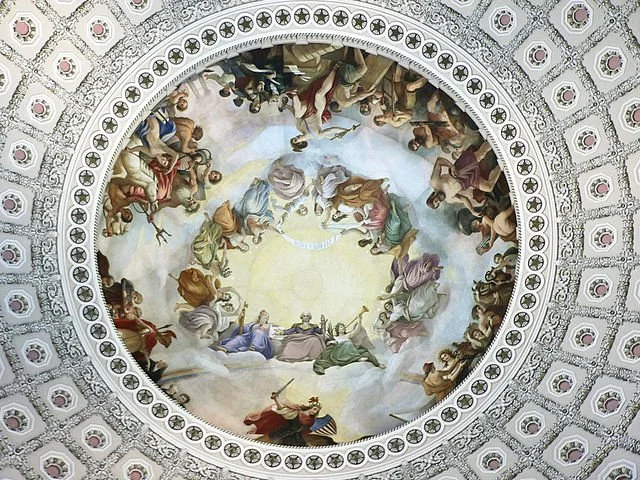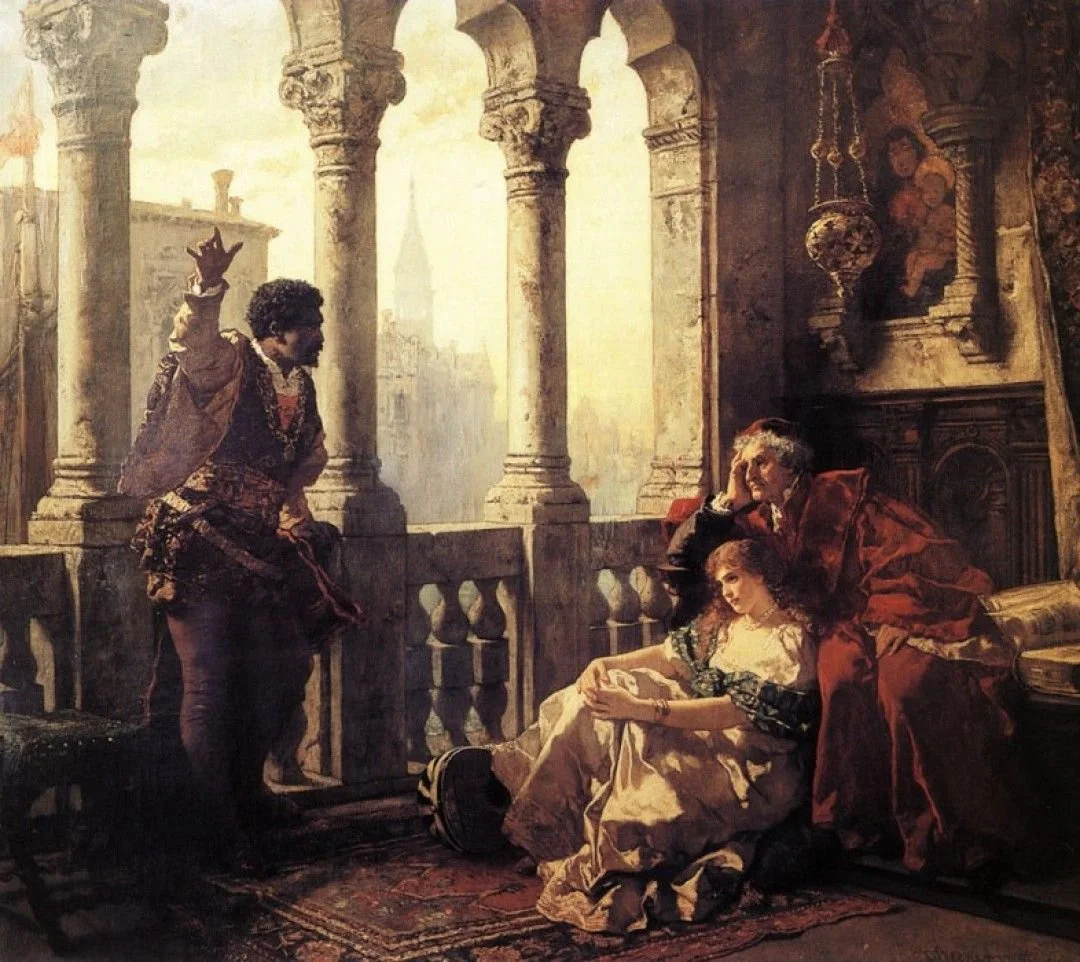In the rain-soaked streets of 1990s Seattle, a seismic shift was brewing. The pulsating guitars and angst-ridden lyrics of grunge did not just define a genre; they became the battle cry of a generation hungry for authenticity. Nirvana, Alice in Chains, Pearl Jam, and Soundgarden emerged as icons, their raw sound echoing the disillusionment and alienation felt by millions. Yet, amidst this musical revolution lurked a shadowy presence: drug culture.
Read MoreAfter visiting Booker T. Washington’s school in Tuskegee, Alabama in 1908, Len G. Broughton wrote, “Perhaps no man in this country is better known than Booker T. Washington, and perhaps no man is more poorly understood or incorrectly reported as he.” This assessment remains true today, as historians often misrepresent Washington and his accomplishments.
Read MoreIn the decade of the 1830s, there was a rise in ballet as an art form to be casually consumed by the mostly upper-class public, and with it, the idea of the basic archetypes for female characters that we still see today, such as the young and innocent girl and the provocative seductress.
Read MoreIn his two seminal works, On Liberty and Utilitarianism, John Stuart Mill, one of the leading philosophers of the 19th century, argued for the import of a broadened conception of individuality and the general utilitarian good of intellectual and aesthetic pursuits. Utilitarianism is a philosophy that promotes happiness above all else, it is often understood under the motto “the most good for the greatest number of people”.
Read MoreAfter Germany invaded Norway on 9 April 1940, a resistance movement gradually emerged from numerous sectors of Norwegian society, including the government in exile (comprising both Norway’s Prime Minister Johan Nygaardsvold and Royal King Haakon VII), the Church, businesses and industry, political and social organizations, and individual citizens.
Read MoreThough living document theorists allow for some “revamping” of the Constitution through interpretation, the core document still remains an authoritative and sometimes oppressive force through interpretative devotion to content. Both the originalist and living constitutionalist interpretative lenses hinder progress and uphold a document that may no longer be fully relevant in its current state. Instead of a new method of interpretation, following the logic proposed by Sontag, the form of the Constitution should be considered. Thus, when issues of this strange new world arise that could not have been envisioned by the founding fathers, we need not guess what their stance would be or twist ancient texts to fit modern needs.
Read MoreItalian artists Alberto Burri and Umberto Boccioni were artists that created modernist art that reflected the overall sentiment of Italian society during their respective times. Although their art was made in two different time periods, as Boccioni created Futurist art under Mussolini’s Fascist regime and Burri created art as a response to the traumas left behind by it, their art represents changes made to Italian society as a result of a political ideology. It is through the complete study of the primary sources from this time that one can understand the integral nature of these works in the overall understanding of the way in which Italy both coped and lived as a result of Mussolini.
Read MoreFilm as a visual medium has been established as one of the most accessible displays of the human condition, nuanced philosophical discussion, and societal examination since its invention at the turn of the twentieth century. Despite its adolescence as a vehicle for narrative, film was, for a time, the most popular storytelling form, surpassing theatrical performances, stage plays, and technical innovations such as FM radio. However, due to the invention of television and its emergence as a separate genre, film has now emerged as one of many alternatives to experiencing moving, visual art. Artists began to utilize this art form to examine the human psyche and the environment from which it was constructed to more complex examinations such as the desire for self-discovery. Gender and sexuality when expressed in this fashion is often[i] used as a foil for this desire and can be utilized to grapple with one’s identity being either outside the norm or accepted at any capacity, the most contentious being identities under the trans hypernym (transsexuality, crossdressing, etc.)
Read MoreCritical reception has failed Mindy Kaling, the writer and creator of several popular TV shows including The Mindy Project (2012–2017), Champions (2018), and Never Have I Ever (2020–now). Though her most recent venture, Never Have I Ever received plenty of praise when it first aired on Netflix in April 2020, critical reception also quickly revealed the viewer’s assumptions that make complex messages written by women of color difficult for audiences to notice.
Read MoreThe European fairy tale tradition began with oral folktales from different regions throughout the continent. Writers like Giambattista Basile (1566 – 1632) of Naples and the German brothers Jacob (1785 – 1863) and Wilhelm (1786 – 1859) Grimm were some of the first to compile stories from Western Europe into anthologies, spreading these folk and fairy tales to a wider audience and bolstering widespread interest in them over the next several centuries.
Read MoreThe Rijksmuseum identifies Dirck’s Jacob Cornelisz Painting his Wife Anna as a commemorative family portrait, which has been the most common interpretation of Dirck’s painting in recent scholarships of the past two decades. In fact, the Renaissance experienced increasing social and cultural practices to commemorate family identity and lineage through various means, including the commemoration of the dead through art production such as portraiture and bust sculpture.
Read MoreWhile the philosophy of religion project requires an outsider perspective, the African American student—as a cultural insider whose religious background lies in the Black Church—examining gospel music cannot always separate personal memories and experiences from their inclination to interpret Mother Ford’s experience as religious or mystical. Having witnessed the frenzied behaviors of individuals singing gospel makes an outsider perspective difficult to attain for those individuals. In this article, I blur the lines of the Durkheimian perspective on the sacred/profane dichotomy to underscore the nuances of reading gospel as religious material.
Read MoreEvgeny Zamyatin’s We (1920–1921) was the first work banned by the Soviet censorship board, Andrei Platonov’s The Foundation Pit (1929–1930) met a similar fate just nine years later, and both writers suffered extreme marginalization afterward. Given this, one wonders why and how they and so many other authors of the period criticized the regime indirectly at all.
Read MoreIn the painting Punishment of a Hunter, the Dutch seventeenth-century artist Paulus Potter depicted animals putting a hunter on trial and enacting a death sentence. In this artwork, the animal court and hunter’s execution by burning appear in two central scenes, surrounded by smaller allegorical and hunting vignettes that show animals and humans. Compared to other works of seventeenth-century Dutch art, the content and format of this painting stand out as being rather peculiar.
Read MoreThe feminine image is a broad conceptualization of feminine identity and behavior and is thus based in archetypical femininity. Archetypical femininity includes the nurturing quality associated with maternity, the chaotic element of nature and transformation, and the display of physical beauty and sexual appeal. Archetypal femininity, though expansive and necessary to the substance of life, becomes an oppressive tool when rigid expectations for gendered behavior arise from it.
Read MoreCivil wars and emigration are closely related concepts; wars force relocation, while refugee populations beyond a state’s borders can influence a conflict within its original borders. As Idean Salehyan writes in his “Rebels without Borders: State Boundaries, Transnational Opposition, and Civil Conflict,” from Sikhs in Pakistan to Contras in Costa Rica, “modern insurgencies are not limited to the geographic area of the state.”
Read MoreShakespeare’s Othello is familiar to literary scholars and high school students alike: the eponymous Venetian general, falsely led to believe his wife is an adulteress, kills her and, upon realizing his error, himself. Some scholars analyze Othello’s fall by adopting a military lens.
Read MoreWhatever the modality, whether verbal, written, body-language, or even the release of various chemicals and pheromones, communication is universal between all living things. Humans naturally congregate and gravitate towards one another for more than just survival, rather for companionship and celebration, primarily through language. It is from these congregations, each with their distinct methods of communication, language, that cultures are born.
Read MoreMade in the 18th century, Water Dropper: Poet Li Bai Sleeping Near Pine, Plum and Bamboo is a small fluorite sculpture with a cavity and opening so it could be used as a water dropper in ink making. The piece reinforces the well-known fact that calligraphy and ink were vital to Chinese culture and were considered one of the highest forms of art. This piece shows a sensitivity to material and color that is indicative of a culture deeply in tune with the natural world, Daoist principles, and its ancient past.
Read MoreSimone de Beauvoir in The Second Sex asks: “What is a woman?” Equally, however, the question might be: Who is de Beauvoir’s “woman”? For de Beauvoir, woman, the titular “second sex,” is “second” to man insofar as she is understood in relation to man, is dependent on man, and serves man.
Read More



















